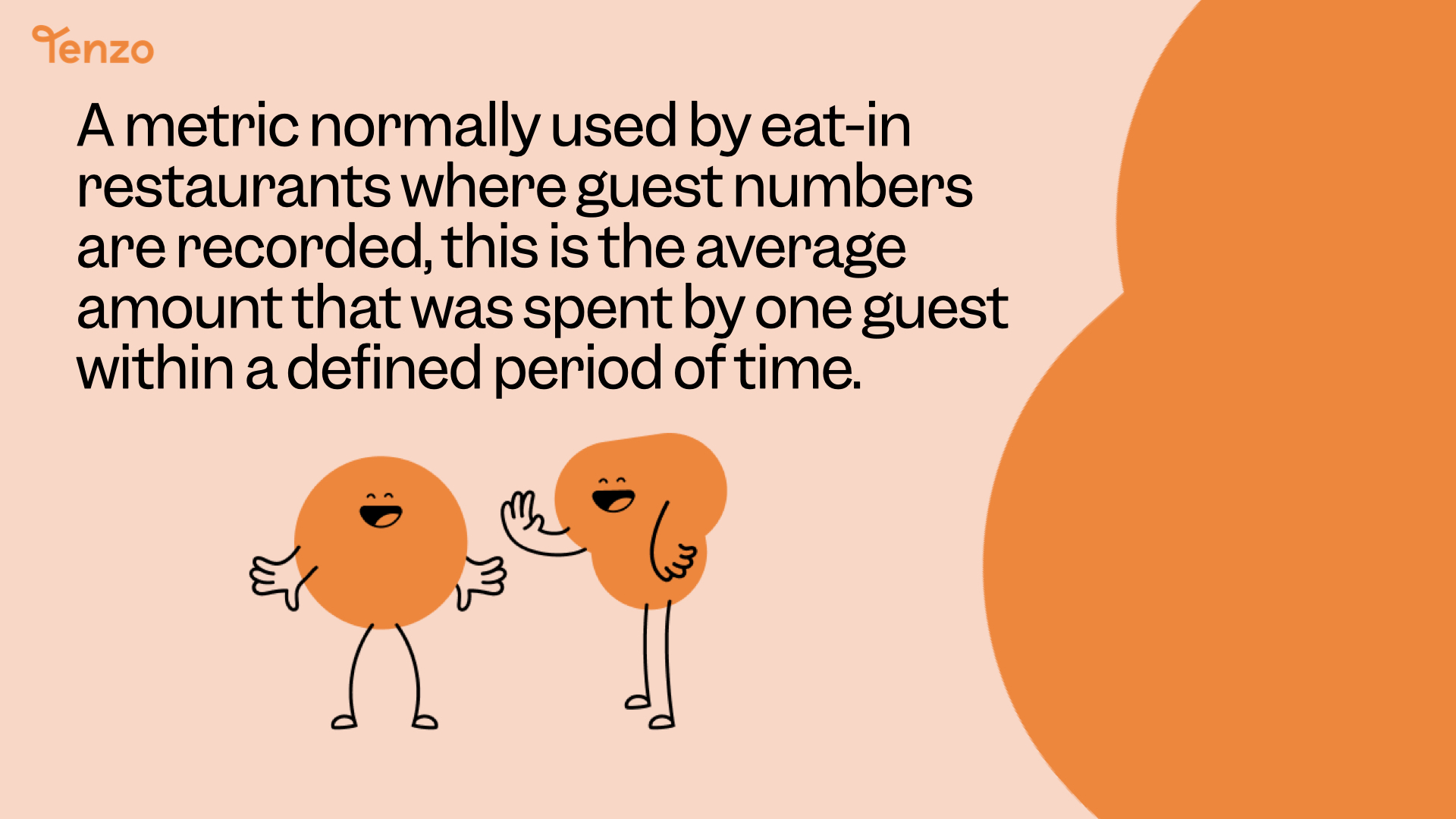Understanding Spend per Head and the Benefits of Tracking it
Are you a restaurant owner wondering how to improve your business’s profitability?
To understand and improve your restaurant’s profitability, it is important to track a KPI (key performance indicator) called Spend per Head.
In this article, we will explore what Spend per Head is and why it is crucial for restaurant owners to track it.
What is Spend per Head
Spend per Head is defined as the average amount of money spent by each customer at a restaurant. It shouldn’t be confused with ATV (Average Transaction Value) which is the number of transactions, not people.
It is calculated by dividing the total sales revenue by the number of customers. For example, if a restaurant has a total revenue of £1000 and serves 50 customers, the Spend per Head would be £20.
The formula for spend per head is;
Spend per head = Total Sales Value / Total Number of Customers
This metric is important for understanding the performance of the business and can provide insights into customer behaviour and preferences.
The Importance of Tracking Spend per Head
Tracking Spend per Head is crucial for improving restaurant performance because it provides valuable insights into customer behaviour and preferences. Tracking average spend per head can be especially useful for multi-site locations where differences can be learnt from across all locations.
By analysing this metric, restaurant owners and managers can identify areas where they can increase revenue and improve customer satisfaction. For example, if the Spend per Head is low, it may indicate that customers are not spending enough or that the menu prices are too low.
There are several benefits for restaurants in tracking Spend per Head. It helps in identifying upselling opportunities. By understanding what customers are willing to spend, restaurants can strategically promote higher-priced items or add-ons to increase revenue per customer.
Tracking Spend per Head allows restaurant owners and managers to evaluate the effectiveness of their pricing strategies and menu offerings. By monitoring this metric, they can identify trends and patterns in customer spending habits. It also helps in comparing the performance of different time periods or events, enabling the restaurant to make data-driven decisions to improve profitability.
It also helps in evaluating the effectiveness of marketing campaigns and promotions. By tracking the Spend per Head during specific events or promotions, restaurants can determine if they are attracting higher-spending customers or if the promotions are driving increased spending.
How to Improve Spend per Head
There are several strategies that restaurants can implement to increase their Spend per Head.
Offering premium or higher-priced menu items can encourage customers to spend more. This can include speciality dishes, premium ingredients, or unique culinary experiences.
But, this normally works best when coupled with upselling and cross-selling techniques. This is when staff are trained to suggest additional items or upgrades to customers through suggestive selling or offering combo meals or meal deals.
Another effective strategy is to create a loyalty program or offer incentives for customers to spend more. This can include discounts or rewards for reaching a certain spending threshold or offering exclusive perks for loyal customers.
Conclusion
In conclusion, tracking Spend per Head is crucial for restaurant owners. It allows them to understand their customers’ spending patterns and make informed decisions to improve their business.
Tracking Spend per Head is essential for restaurant owners to optimise their business operations and increase profitability. By understanding their customers’ spending habits, they can make strategic decisions that improve revenue and customer satisfaction.




